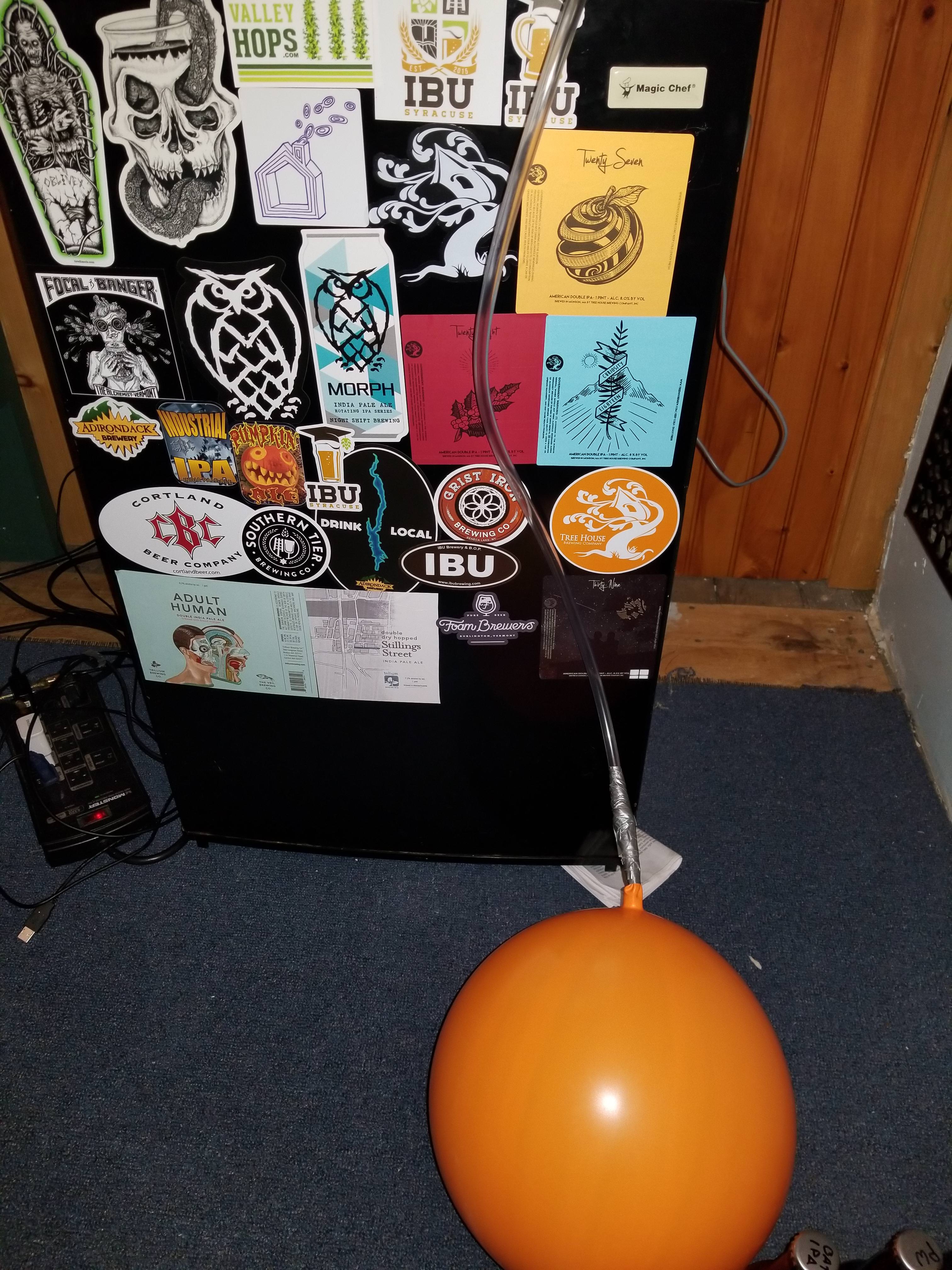srcasko
Member
I wanted to share an observation about cold crashing and suckback through an airlock. During my last IPA ferment, I left the blowoff tube attached, assuming the additional CO2 volume left in the tube before the water level would be better than what a 3-piece airlock holds (nothing). Boy, was I wrong - the cold crash pulled in at least 300ml or starsan/yeast mixture. I channeled my best “RDWHAHB” and transferred it out of my Ss brewbucket and into a keg for carbonation, after tasting a gravity sample which seems fine. After filling the keg, I popped the top on the brewbucket to clean it and noticed that there seems to be a layer of starsan on top of the beer left in the fermenter - notice its milky white appearance apart from the gold color of the beer. Most likely this is due to the difference in specific weights of the different fluids, and I’m thrilled they didn’t appear to mix much.
Has anyone else observed this phenomena?
Cheers,
Scott
Has anyone else observed this phenomena?
Cheers,
Scott









































![Craft A Brew - Safale BE-256 Yeast - Fermentis - Belgian Ale Dry Yeast - For Belgian & Strong Ales - Ingredients for Home Brewing - Beer Making Supplies - [3 Pack]](https://m.media-amazon.com/images/I/51bcKEwQmWL._SL500_.jpg)
























